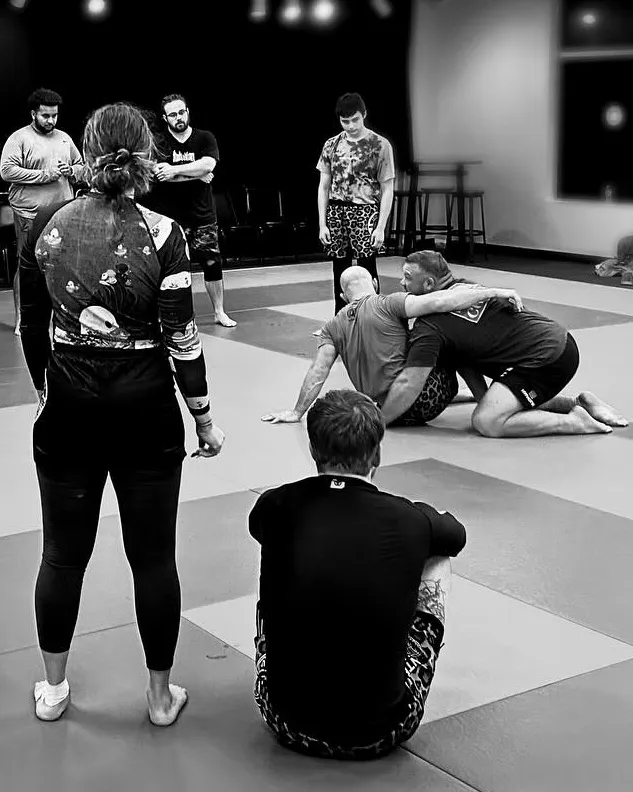Keep It Simple
Ruthlessly efficient competiton prep.
Austin Haedicke
615 Words | Read Time: 2 Minutes, 47 Seconds
2025-04-14 17:00 -0700
My training camp for ADCC Open Atlanta officially started on 3/17. A lot has changed since my first competition once-upon-a-2011. A lot of clutter has been cleared, but the important things have remained the same.
In a different era and a much different stage of life I was accustomed to an extremely detailed 6-week (minimum) camp in preparation for a competition. In those days, in that gym, pretty much everyone had either a professional or amateur MMA or BJJ competition they were getting ready for. You were either in camp yourself or helping someone with theirs.
Whether you wanted to or not, if you were there, you were living that “everyday porrada” life.
Fast forward to my most recent competitions, which were still back in late-2020 and early-2021, and the script was completely flipped. Like a lot of people then, I was disgruntled and desperate for answers. The trouble was that I was working two jobs and there was no way a traditional “semi-pro” schedule was going to fit in.
I had to trust that I had put in the work over the years, went to class a couple times per week, and did strength and conditioning in my underwear at the butt-crack-of-dawn in my garage the other days.
When I first decided to come out of retirement (again) in 2025 I wanted to fall back on the old habits. I was searching for some kind of guarantee I thought “the perfect plan” would grant me. Alas, I’ve learned a thing or two over the intervening decade.
I’ll never forget Dan Gable telling Terry Brands (paraphrased from the documentary on Terry):
“You can’t go (hard with the young guys) every day anymore. What you need to do is stuff that makes you feel good. Then, only train really hard when you feel really good.”
I’m closer to 40 than 30, let alone 20, so the primary objective quickly became “staying healthy.”
Objective 1: Avoid injury by focusing on mobility, active recovery, and managing intensity.
My fitness, relative to other 36-year-olds, isn’t the problem – or at least not the weakest link in the context of grappling. So, there’s no need to “develop” those attributes inside a “camp” where those attributes (e.g. strength or endurance) aren’t what you’re trying to directly produce.
Objective 2: Aim for a 2:1 ratio of training sessions, favoring the thing you want to get good at.
Eight weeks is too short of a time to lay out a litany of technical deficits you want to improve. Just like session distribution, we need to narrow the focus. That might look like two weeks of cleaning up the most glaring deficits and the rest of the time sharpening the things you’re already good at.
The best players in the world, force other people into positions / exchanges they feel they’re superior in – that’s what we call “creating dilemmas.” Also, let your opponent do the hard work of figuring out where you’re deficient and take that back to the drawing board after the fact to plan for the next event.
Objective 3: Sharpen your strengths.
Lastly, you can sneak some other essentials into almost any training session. I frequently tell people that two things you can never be too good at are:
- Takedowns and
- Escapes / Bad Positions
There’s no reason daily warm ups can’t include at least some scrimmage wrestling; nor that you can’t add a round or two of bad positions (mount, back, spiderweb, etc.) every day you’re on the mat. Likewise, if you can’t stay off Instagram long enough to do a few CARs and take some deep breaths for a final 5 minute round, then you’ve got bigger issues.
